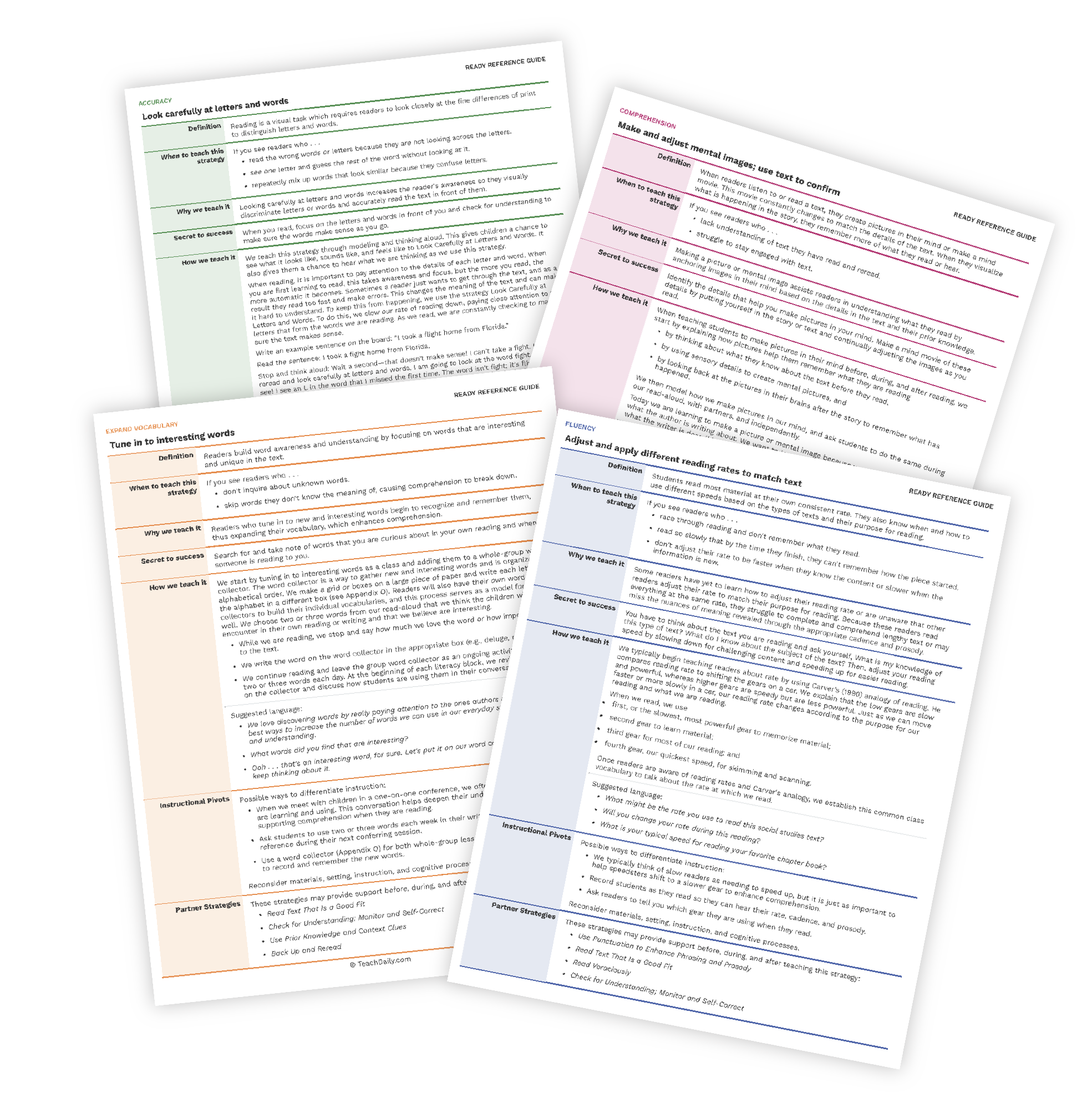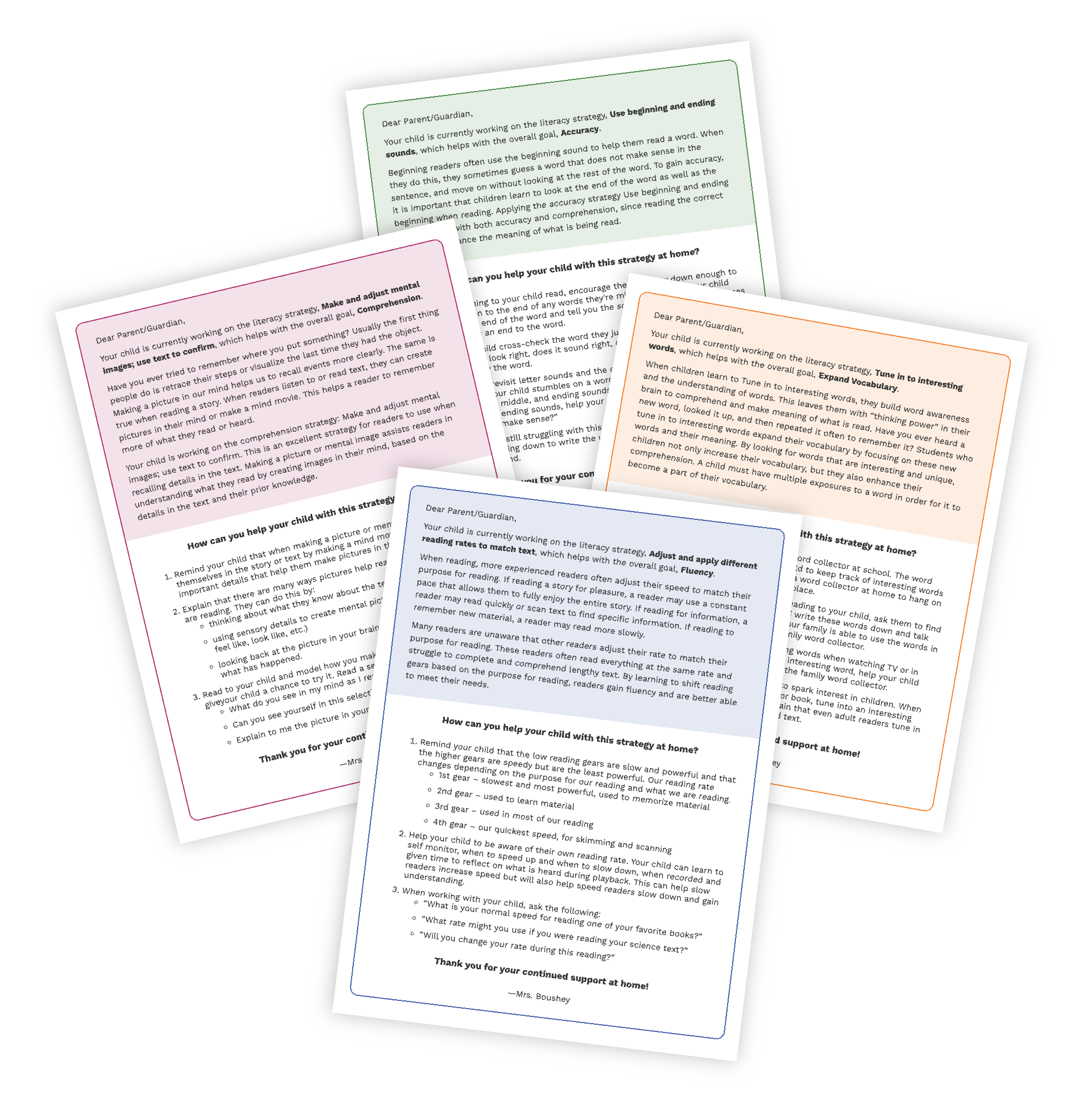Students use the data given to them in a mathematical problem or the data collected when finding a solution to a mathematical problem to create a table, graph, pie chart, flowchart, tape diagram, or other diagram to organize their work.
Teach this strategy when students are working with problems that contain a lot of information (such as word problems), solving for a missing variable (such as in algebra problems), or looking for patterns or relationships, or anytime a visual representation would be helpful in making sense of a problem.
Modeling a think-aloud during the “I Do” focus lesson:
Explain to students that they are going to learn a math strategy that will help them organize the information given to them in a math problem. Organizing the information by making it into a list will help them see the different pieces of the problem in a way that is easier for their brain to process.
We use this strategy when we are solving a problem that has a lot of information or when we are looking for a pattern (such as word problems and algebra problems). You might also use this strategy when you’re working to make sense of a problem and looking at entry points for how you might solve it.
Creating an organized list might look like this:
First, read through the problem. Then ask yourself what the problem is asking you to do. Then consider how an organized list would help you make better sense of the information given. (See the example below.)
Example:
Jaxon Elementary students took a vote to decide which teacher should kiss a pig at their fall festival. First graders awarded 41 votes to Mr. Smith, 23 votes to Ms. Hall, and 6 votes to Mrs. Jones. Second graders awarded 27 votes to Mr. Smith, 34 votes to Ms. Hall, and 20 votes to Mrs. Jones. Third graders awarded 19 votes to Mr. Smith, 23 votes to Ms. Hall, and 17 votes to Mrs. Jones. Which teacher received the most votes to kiss a pig?
There is a lot of information in this problem. Using a table will help me see each teacher’s votes by grade level.
Mr. Smith
Ms. Hall
Mrs. Jones
Model how to create a table using the information given, and explain how the table helps you see all the information in a meaningful way. This helps you find the solution.
After modeling this strategy three or four times with several different math problems we provide students with chances to practice during the “We Do” focus lesson. Students practice the strategy, Create an Organized List, using several different types of math problems.
Suggested Language
- What information do I already know from the problem?
- How can I organize this information to see what I am still missing?
- What organized lists have I used for similar problems? Will something similar work in this instance?






